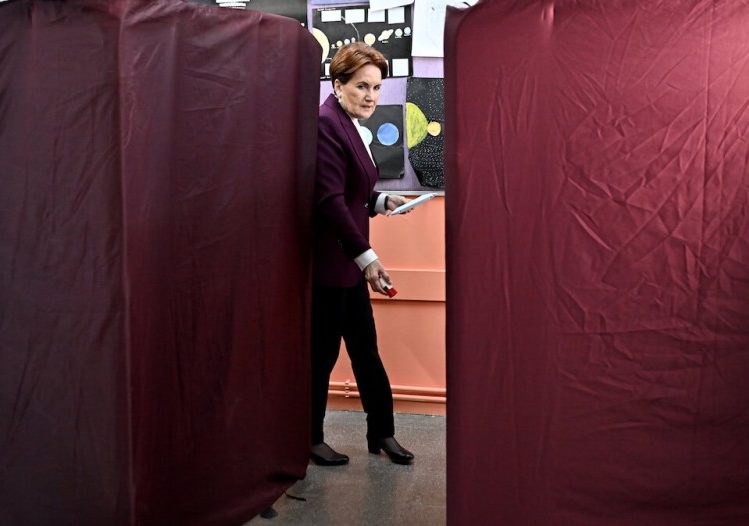A
new report from the United Nations Environment Program (UNEP) delivers a stark warning: despite some progress, the world remains on course for a perilous temperature rise well beyond the targets set in the Paris Agreement unless countries substantially escalate their commitments to reduce greenhouse gas emissions.
Titled “Emissions Gap Report 2023: Broken Record – Temperatures hit new highs, yet world fails to cut emissions (again),” the 14th annual edition of the report synthesizes the latest scientific findings to project future emission trends and outlines potential solutions to the pressing challenge of global warming.
According to the report, greenhouse gas emissions are projected to increase by 3% by 2030 based on current policies. This represents an improvement from the 16% increase projected at the time of the Paris Agreement’s adoption in 2015. However, to align with the Paris Agreement’s 2°C goal, emissions in 2030 must still decrease by 28%, and by 42% to meet the ambitious 1.5°C pathway.
2.9°C above pre-industrial levels this century
At present, if all unconditional Nationally Determined Contributions (NDCs) under the Paris Agreement are fully implemented, the world could see a temperature rise of 2.9°C above pre-industrial levels this century. Conditional NDCs, if fully implemented, could limit the increase to 2.5°C.
UNEP called upon nations to hasten the transition to low-carbon, sustainable economies, emphasizing that countries with greater resources and responsibility for emissions should lead with more aggressive action and aid developing nations in their low-emission development pursuits.
The report also underlines the importance of robust implementation strategies to ensure the next round of NDCs, expected in 2025, can achieve emission reductions by 2035 compatible with the 2°C and 1.5°C targets. Additionally, it assesses the potential benefits and risks associated with Carbon Dioxide Removal (CDR) methods, including nature-based solutions and technological approaches like direct air carbon capture and storage.
A critical touchstone for global climate negotiations
The Emissions Gap Report serves as a critical touchstone for global climate negotiations, charting the discrepancy between anticipated global emissions and the levels necessary to cap warming at 1.5°C. Each edition also investigates strategies to bridge this emissions gap, providing a roadmap for policymakers, activists, and concerned citizens to advocate for effective climate action.
The UNEP urges nations to exceed their current Paris Agreement pledges to avoid global warming of 2.5-2.9°C, calling for record-breaking advancements in climate action. The accompanying technical note, jointly released by UNEP and the UN Framework Convention on Climate Change (UNFCCC), serves as a technical backdrop for this pressing call to action.
Source: UNEP
Recommended





